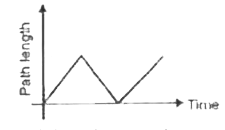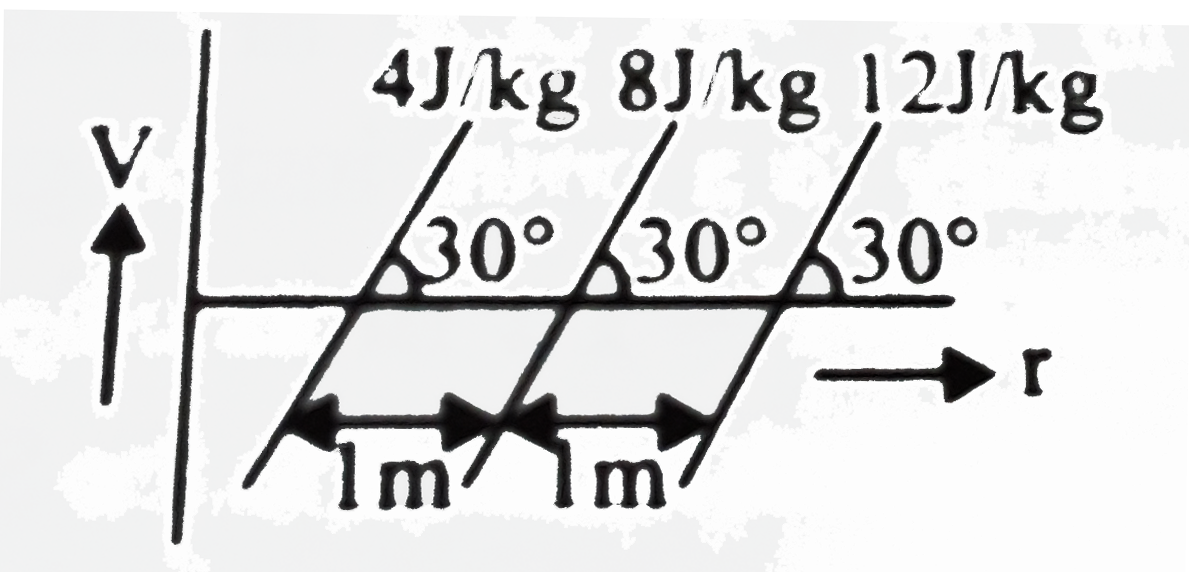Pick out the only vector quantity in the following list:
Temperature, pressure, impulse, time, power , total path length, energy, gravitational temperature, pressure, impulse, time, power, total path length, energy, gravitational potential, coefficient of friction, charge.
Impulse
Topper's Solved these Questions
Similar Questions
Pick out the only vector quantity in the following list : temperature, pressure, impluse, time, power. Total path-length, energy. Gravitational potential, coefficient of friction, charge,
View SolutionIf energy E, length L and time T are taken as fundamental quantities. The dimensional formula of gravitational constant is
View Solution
Knowledge Check
- Question 1 - Select One
Consider the quantities, pressure, power, energy impulse, gravitational potential, electoral charge, temperature, area, Out of these, the only vector quantities are.
AImpulse, pressure and areaBImpulse and areaCImpulse and gravitational potentialDImpulse and pressure - Question 2 - Select One
If energy E, length L, and time T are taken as fundamental quantities .The dimensional formula of gravitational constant is
A[FL6E−2]B[FL5T−1]C[E2FL6T0]D[E2F−1L6T5] - Question 3 - Select One
A : The following graph can't exist actually

R :Total path length never decreases with time.AIf both Assertion & Reason are true and the reason is the correct explanation of the assertion, then mark (1).BIf both Assertion & Reason are true but the reason is not the correct explanation of the assertion, then mark (2).CIf Assertion is true statement but Reason is false, then mark (3).DIf both Assertion and Reason are false statement, then mark (4).
An adiabatic vessel of total volume V is divided into two equal parts by a conducting separtor. The is fixed in this position. The part on the left contains one mole of an ideal gas (U=1.5nRT) and the part on the right contains two moles of the same gas. initially, the pressure on each side is p. the system is left for sufficiant time so that a steady state is reached. find (a) the work done by the gas in the left part during the process, (b) the temperature on the two sides in the beginning, (c ) the final common temperature reached by the gases, (d) the heat given to the gas in the right part and (e) the increase in the internal energy of the gas in the left part.
View SolutionGravitational force is a conservation and medium independent force. Its nature is attractive. Gravitational field intensity and gravitational potential gives information about gravitational fied in vector and scaler form respectively. Actually gravitational fied intensity is equal to the negative of the negative of teh potential gradient. potential energy is defined for only conservation force. it is also equal to the total energy in escaping condition. gravitational potential is either negative or zero but can never be positive due to attractive nature of gravitational force.
Gravitational potential versus distance r graph is represented in figure. The magnitude of gravitational field intensity is equal to
 View Solution
View SolutionGravitational force is a conservation and medium independent force. Its nature is attractive. Gravitational field intensity and gravitational potential gives information about gravitational fied in vector and scaler form respectively. Actually gravitational fied intensity is equal to the negative of the negative of teh potential gradient. potential energy is defined for only conservation force. it is also equal to the total energy in escaping condition. gravitational potential is either negative or zero but can never be positive due to attractive nature of gravitational force.
The gravitational potential inside a hollow sphere (mass M, radius R) at a distance r from the centre is:View SolutionGravitational force is a conservation and medium independent force. Its nature is attractive. Gravitational field intensity and gravitational potential gives information about gravitational fied in vector and scaler form respectively. Actually gravitational fied intensity is equal to the negative of the negative of teh potential gradient. potential energy is defined for only conservation force. it is also equal to the total energy in escaping condition. gravitational potential is either negative or zero but can never be positive due to attractive nature of gravitational force.
A person brings a mass of 1kg from infinity to a point A. Initially the mass was at rest but it moves with a speed of 2m/s as it reaches A. The work done by the person on a mass is −3J. The potential of A is:View SolutionThis section contains a paragraph. Based upon this paragraph, three multiple- choice question (21-23) have to be answered. Each question has four choices (a,b,c and d), out of which only one is correct.
The result obtained in electrostatics using Gauss's law can in same cases be used to obtain result in gravitational, and vice versa. This is because both follow the inverse- square law of distance. We use of the following three rules
(1) For charge in electrostatics, the corresponding quantity in gravitation is mass.
(2) Electric intensity of electrostatics corresponds to gravitational intensity, or acceleration due to gravity, in gravitation.
(3)The constant k=(4πε0)−1 of electrostatics corresponds to -G in gravitation.
The gravitational intensity at a distance r from a long thread having λ mass per unit length has the magnitudeView Solution
